Sintra - Accessible Itinerary

Close to Lisbon, Sintra is a must-visit place in any tourist programme because of its historical and cultural value and the striking beauty of a landscape that has been classified as a World Heritage Site by UNESCO.
In the town centre you can take an accessible route because the streets are in a good state of repair, with a smooth and stable surface, so you can get around safely and conveniently. However, these recently improved areas that can be easily accessed contrast with the older parts of the town where the streets are narrow, hilly and have an uneven surface.
Throughout the Accessible Itinerary presented here, the crossings have dropped kerbs and are level, but there is no tactile paving or audible warnings. Some terraces and the ditches around trees will require greater care and occasional detours onto the road used by vehicles.This happens in Avenida Dr Alfredo da Costa and Avenida Dr Miguel Bombarda.
Follow this itinerary with the map
Centro Cultural Olga Cadaval (1) - Museu das Artes de Sintra (2) - Volta do Duche / Parque da Liberdade (3) - Palácio Nacional de Sintra (4) - Palácio e Quinta da Regaleira (5)
We suggest starting the Accessible Itinerary at the Museu das Artes de Sintra (2) (Sintra Museum of Arts), dedicated to contemporary art and housed in the building of a former casino. Very close by, the Centro Cultural Olga Cadaval (1) (Olga Cadaval Cultural Centre) has a wide-ranging programme of concerts, cinema, theatre and dance that can be a good option for a show at the end of the day.

Museu das Artes de Sintra © José Manuel
Following the accessible Avenida Heliodoro Salgado, the Estefânia viewpoint gives you a wonderful view over the hills and the valley, with the Palácio Nacional de Sintra and its emblematic conical chimneys as a backdrop. Continuing along Av. Dr Alfredo da Costa you have Sintra Town Hall on the right. This is an interesting building with Neo-Manueline and Neo-Renaissance details, built in the first decade of the 20th century to accompany the then recent arrival of the railway line. 
Volta do Duche, Sintra © José Manuel
The accessible route continues along Volta do Duche, enjoying some contemporary art sculptures along the way. On the right, you will find access by steps to the valley where the Anjos Teixeira Museum is located. Before reaching the historic centre, also known as Vila Velha (‘Old Town’), you will go past the entrance to the cool and shady Parque da Liberdade (3). This public space, partly accessible due to the slope of some paths, is ideal for a picnic or for a break on hot summer days.
Sintra © Alan P. / Shutterstock
A little further on, there is a Neo-Arabic style fountain and at the end of Volta do Duche, the News Museum is on the left. Head right to the historic centre and Praça da República square, where you’ll find the Palácio Nacional de Sintra (4), a former summer house of the royal family and a must-visit place in Sintra. Originally built in the 15th century, it has been enhanced over the centuries. Between the salons and bedrooms that always have a tale to tell, there is also a journey through the history of the glazed tile (azulejo). This was one of the first places in Portugal where they were used, in the 16th century. Although the surrounding area is accessible, the main entrance has small flights of steps and therefore you should enter through the Royal Kitchen, where it is possible to put a ramp. Once inside, several solutions are available to assist people with special needs.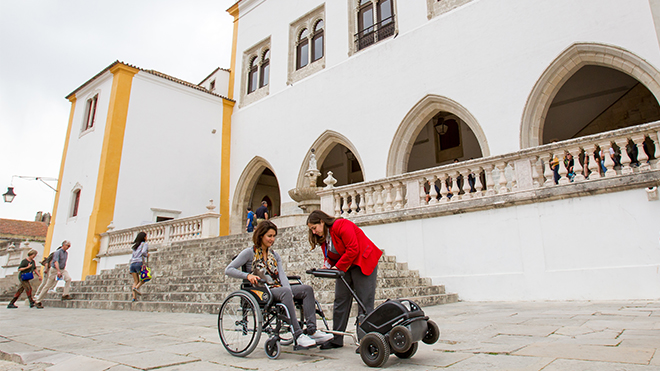
Palácio Nacional de Sintra © Parques de Sintra - Monte da Lua / Luís Duarte
In the square, the various terraces and cafés invite you to pause and try the tasty local pastries, such as the queijadas and travesseiros. Should you need information or help, you can call at the Tourist Office, before going to the Palace and Quinta da Regaleira.
Quinta da Regaleira © Arquivo Turismo de Portugal
This part of the route is partly accessible, but it is worth visiting the Palácio da Regaleira (5). Built in the early 20th century by a millionaire, it is an enigmatic monument, in romantic revivalist style, with a great deal of symbolism related to Freemasonry that readily fascinates visitors.
After the historic centre, the visit should continue through the Serra de Sintra and the heritage complex of the "Parques de Sintra", consisting of the Palácio e Parque da Pena (Pena Palace and Park), Chalet da Condessa d’Edla (Chalet of the Countess of Edla), Castelo dos Mouros (Moorish Castle) and the Palácio e Parque de Monserrate (Monserrate Palace and Park). There is an accessible electric bus to help you get there. It connects the various sites to visit, where there are qualified professionals trained in the care of people with impaired mobility and special needs. There are also various support facilities to assist the visit, such as Swiss-Trac, to facilitate wheelchair autonomy, the Serviin video call service with a Portuguese sign language interpreter, and the Talking Heritage application, which provides information with audio content and in sign language (see detail on the "Useful Information" tab at the top of the page). In Monserrate, there is also a three-dimensional model of the palace that visitors can touch and see the layout.



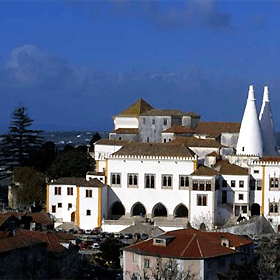
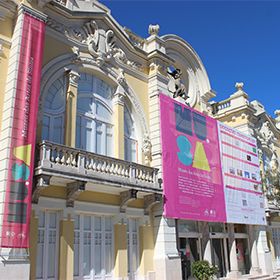

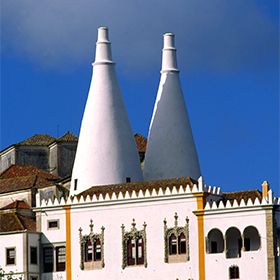
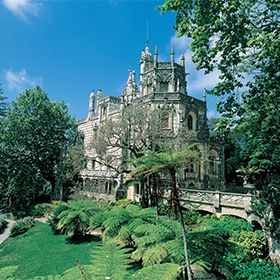
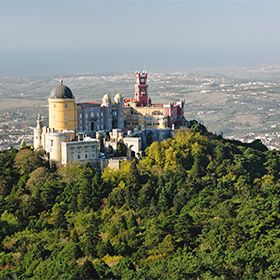

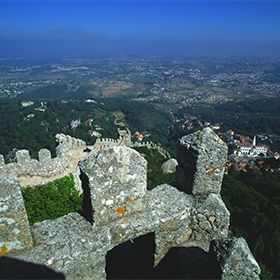
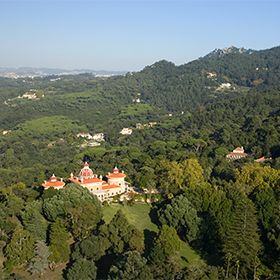

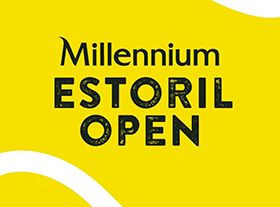
 Explore
Explore 
 Remember and Share
Remember and Share 


